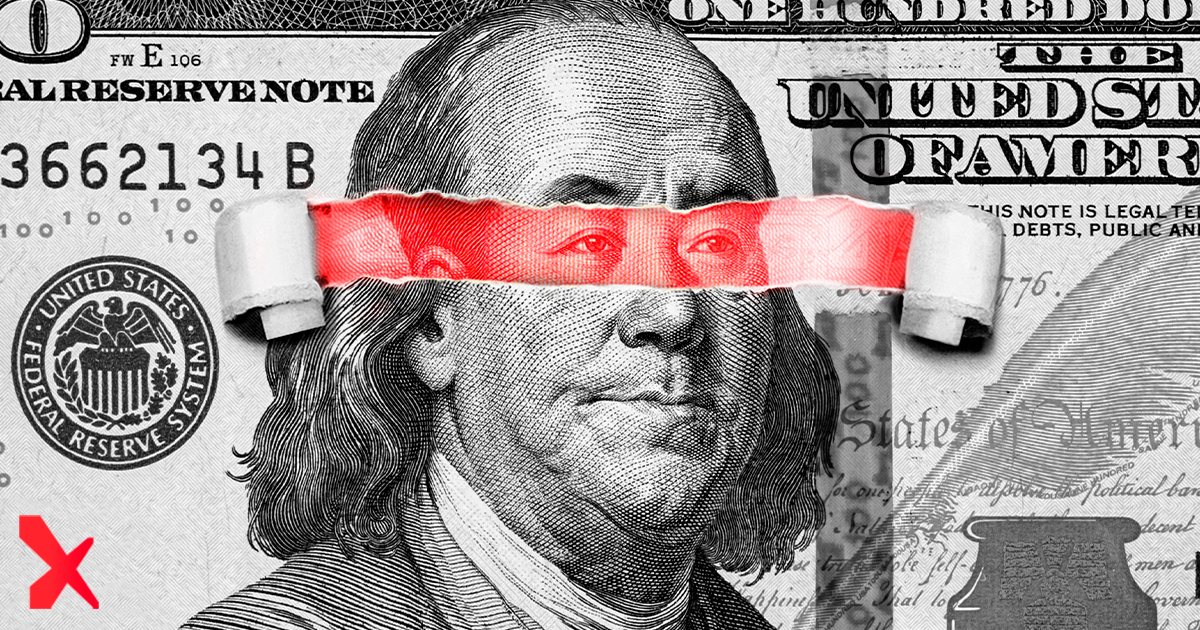Trading Signals 05/02 – 09/02
Chinese Yuan: Analyzing the Prospects

Significance of the Yuan
The Chinese yuan is capitalizing on current economic trends as the currency of the country with the largest economy by purchasing power parity and the leading exporter with over 15% of global trade.
China’s rapid economic growth has increased the yuan’s presence in international financial transactions. Although it does not have a large share in global reserves, the yuan ranks fourth in popularity for international payments, trailing only the dollar, euro, and pound sterling.
The Chinese yuan is also attractive for its much lower inflation rate. While inflation reaches 9.1% in the USA, 8.9% in the Eurozone, and 9.4% in the UK, it remains stable at 2.5% in China. Along with the yield of Chinese government bonds at 2.75%, this offers central banks of other countries the opportunity not only to preserve but also to increase their savings, unlike the negative real yield of bonds in the USA, EU, and UK.
China’s Economic Boom
First, extensive capital investments, underpinned by both domestic savings and foreign investments, have been instrumental. Second, the rapid development of global manufacturing bases that specialize in labor-intensive and export-driven production of cost-effective goods has been pivotal. These bases have progressively scaled up in terms of the quality and complexity of their products.
Such reforms have led to a surge in productivity, enhanced economic efficiency, and an increase in resources available for further investment into the economy.
Moreover, China has historically been marked by a high level of savings. When the 1978 reforms began, the country’s internal savings made up 32% of its GDP. Since a large part of these savings came from the profits of state-owned enterprises, the government had the means to direct them towards domestic investments.
In 1978, state-controlled enterprises accounted for three-quarters of the country’s industrial production. However, the decentralization of the economy led to the rise of private enterprises, which were marked by greater efficiency and productivity.
Types of Yuan
There are two forms of Chinese currency: the onshore yuan (CNY) and the offshore yuan (CNH).
Onshore Yuan (CNY)
This currency circulates exclusively within mainland China and is regulated by the People’s Bank of China. Every morning, the central bank sets a base rate that can fluctuate by up to 2% during the day, taking into account various economic indicators.
Offshore Yuan (CNH)
CNH is used outside mainland China, including Hong Kong. It is an external form of the yuan that is not tied to a fixed rate and is determined by market conditions. Although the value of CNY and CNH is officially the same, their exchange rates may differ when converted. For instance, during the trade disputes between China and the USA in 2018, the CNY rate fell from 6.24 to 6.93 against the dollar, while CNH went from 6.24 to 6.96.
Despite some differences in the value of CNY and CNH, they are not significant, and traders usually rely on the CNY rate within China, keeping the CNH rate within realistic values. A similar phenomenon can be observed on the St. Petersburg Stock Exchange, where the prices of foreign stocks may slightly differ from their value on their home exchanges.
Current Situation
The Chinese yuan has been retreating against the dollar in recent days, as mixed trade data have reinforced market sentiment about the fragile and uneven recovery of the world’s second-largest economy.
Chinese import volumes unexpectedly rose in October, while exports fell at a faster pace. The yuan is likely to test the resistance level of 7.70 soon, as the dollar strengthens due to investor concerns about an extended period of high rates from the Federal Reserve.
Despite a recent decrease in outflows from ordinary stocks through the Stock Connect system, the Chinese real estate market has not yet emerged from the crisis, and the overall economic growth prospects remain bearish.
It is still too early to declare victory in maintaining the yuan’s stability, and it is likely that the People’s Bank of China will gradually wind down its supportive currency policy. Some analysts and traders do not expect the central bank’s tight control over the Chinese currency market to ease until there is a reversal in the dollar’s dynamics.
Oil: A Review of Early 2024
China’s Economy: Early 2024
Simple Strategy for Beginner Traders

